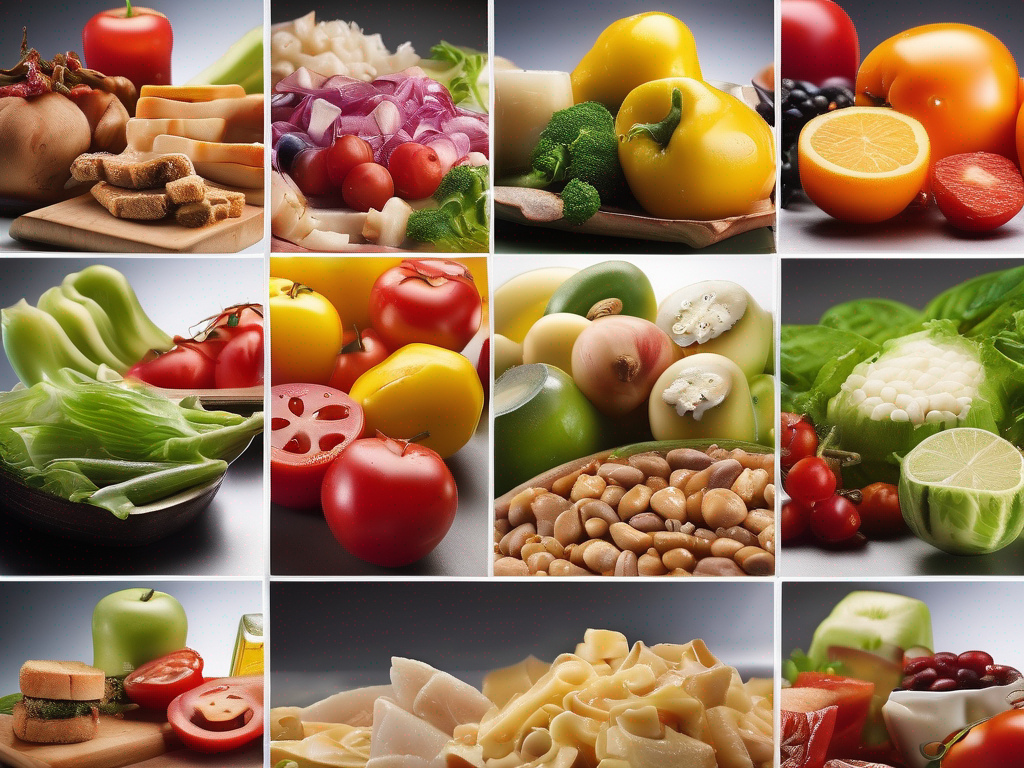
The Ultimate Guide to Extending the Shelf Life of Malt Powder
Get Your Free Food Safety Cheat Sheet
30 most common foods with instant answers. Print it and stick it on your fridge—completely free!
The Ultimate Guide to Extending the Shelf Life of Malt Powder
In the world of baking and cooking, malt powder is a versatile ingredient that adds a unique flavor and texture to a variety of dishes. Whether you use it for making bread, cookies, or even as a sweetener in beverages, malt powder is a pantry staple for many home cooks and professional chefs alike. However, like any food product, proper storage and handling are crucial to maintaining its quality and extending its shelf life. In this comprehensive guide, we will explore the best ways to ensure your malt powder stays fresh and flavorful for as long as possible.
Understanding Malt Powder Shelf Life
Malt powder is made from malted barley and contains natural sugars that can degrade over time, affecting its taste and quality. Factors such as exposure to air, light, moisture, and temperature fluctuations can accelerate this degradation process. To maximize the shelf life of malt powder, it's essential to store it properly and take necessary precautions to prevent spoilage.
Tips to Extend the Shelf Life of Malt Powder
-
Store in a Cool, Dark Place:
- Keep malt powder in an airtight container away from direct sunlight and heat sources like stoves or ovens.
- Optimal storage temperature is between 50-70°F (10-21°C).
-
Avoid Moisture Exposure:
- Moisture can cause malt powder to clump and degrade quickly.
- Use a moisture absorber or silica gel pack in the container to absorb any excess moisture.
-
Seal Properly After Use:
- Always seal the container tightly after each use to prevent air and moisture from entering.
- Consider using a vacuum sealer for extra protection.
-
Label and Date the Container:
- Keep track of when you opened the malt powder and label the container with the date to monitor its freshness.
-
Rotate Stock Regularly:
- Use the oldest malt powder first to ensure you always have fresh stock on hand.
- Practice a "first in, first out" approach to prevent spoilage.
Signs of Spoilage
It's important to know the signs of spoilage in malt powder to avoid using it in your recipes. Look out for the following indicators:
- Off Odor or Taste: If the malt powder smells rancid or has a sour taste, it may have spoiled.
- Clumping: Excessive clumping or hardening of the powder indicates moisture exposure.
- Change in Color: Discoloration or dark spots on the powder may signal degradation.
Creative Ways to Use Malt Powder
Malt powder isn't just for baking – it can add a unique flavor to a variety of dishes and beverages. Here are some creative ways to incorporate malt powder into your culinary creations:
- Malted Milkshakes: Add a spoonful of malt powder to your favorite milkshake recipe for a nostalgic twist.
- Malt Glaze: Create a sweet and savory glaze for meats or vegetables by mixing malt powder with soy sauce and honey.
- Malted Pancakes: Upgrade your pancake batter with a hint of malt powder for a fluffy and flavorful breakfast treat.
Conclusion
By following these tips and guidelines, you can ensure that your malt powder stays fresh and flavorful for an extended period. Proper storage, handling, and monitoring for signs of spoilage are key to maximizing the shelf life of this versatile ingredient. Experiment with different recipes and enjoy the unique taste and texture that malt powder adds to your dishes. Happy cooking!
Remember, a little care in storage and handling goes a long way in preserving the quality of your ingredients and enhancing the flavors of your culinary creations.
Authoritative Food Safety References
These agencies and university labs inform every tip and health precaution we publish.
USDA FoodKeeper – Cold Storage Guidelines
Official refrigerator, freezer, and pantry timelines maintained by the U.S. Department of Agriculture.
Visit USDA FoodKeeperFDA Produce Safety Rule & Grower Guidance
Field-to-fridge handling practices that prevent contamination of fruits, vegetables, and leafy greens.
Visit FDA Produce SafetyCDC Foodborne Illness Prevention Hub
Surveillance-backed guidance on pathogens, symptoms, and steps to reduce foodborne illness risk.
Visit CDC Food SafetyUC Davis Postharvest Technology Center
University research detailing optimal storage atmospheres for produce after harvest.
Visit UC Davis PostharvestPenn State Extension – Home Food Preservation & Safety
Peer-reviewed extension bulletins on safe canning, chilling, and reheating practices.
Visit Penn State ExtensionGet Your Free Food Safety Cheat Sheet
30 most common foods with instant answers. Print it and stick it on your fridge—completely free! Want more? Upgrade to the complete guide with 70+ foods.
Scan your food directly and get instant safety info using our AI-powered camera feature.